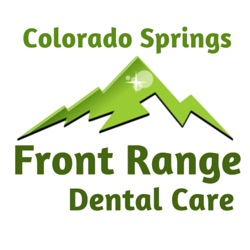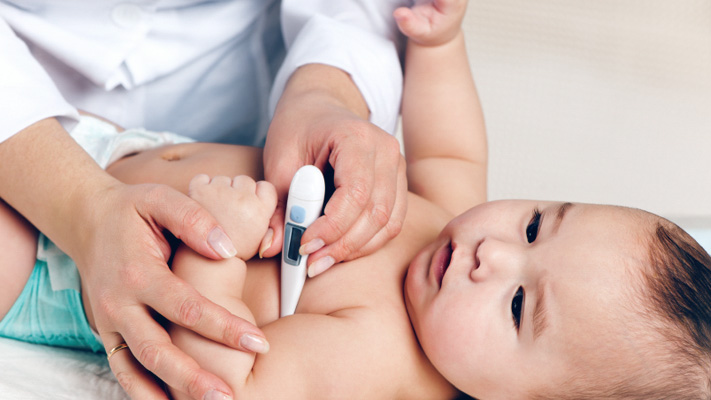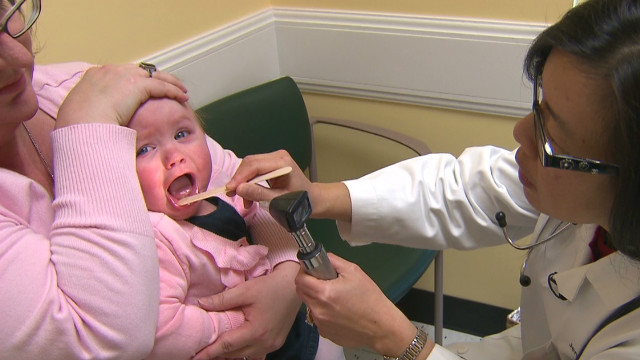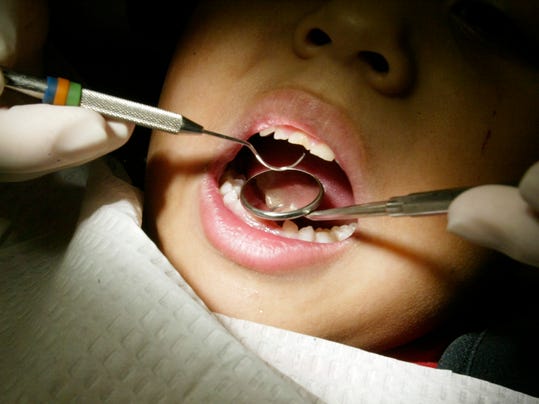The Cause and Prevention of Toothbrush Abrasion
How to Avoid Tooth Enamel Damage
We all know regular brushing is critical for healthy teeth and gums. But it can be overdone by brushing too hard or too much. When this happens, over brushing results in what is called toothbrush abrasion. The result will be sensitive teeth and possible receding gums.
Excessive and hard brushing will wear down the tooth’s enamel and possibly damage the gums back. Receding gums can themselves lead to other problems including cavities on the roots and periodontal disease. Treatments such as root canals, fillings and even tooth extraction could be further consequences.
Ironically, this often occurs with those that care too much about their oral care. It is this group of patients that attack their oral care with gusto and force. But their over zealousness actually can become destructive.
This can often result from being told previously by a dental office that they need to do a “better job” in oral care, or that they have been neglectful. The genuine desire to do a better job then becomes an over-zealous attack on the problem.
The Oral Care Mindset
The problem is really what a person thinks about what is required. The mental approach is that it is a difficult task and requires great effort. But in fact the opposite is true.
In the following articles Delta points out how easy plaque actually is to remove:

Overbrushing: Watch out for too much of a good thing - Delta Dental
The people most at risk for tooth or gum damage from overbrushing are those who are particularly diligent about their oral care and those who use medium- or hard-bristled toothbrushes.
Other factors, such as a genetic predisposition to receding gums, clenching or grinding your teeth or having had your teeth straightened with braces, can increase your risk for damage from overbrushing.
Brushing vigorously isn’t necessary to remove plaque. “Plaque is so soft that you could remove it with a rag if you could reach all the surfaces where it hides,” says Dr. Kevin Sheu, managing dental consultant for Delta Dental. “Thoroughness is what is required for plaque removal, not aggressive brushing. You’re not going to achieve any extra benefit by brushing hard.” Overbrushing: Watch out for too much of a good thing - Delta Dental
Plaque is a soft material which can build up. However, it is very soft and relatively easy to remove. Plaque could in fact be removed by using a soft cloth if the cloth could reach all areas of the teeth. The following article from Dental Partners of Boston agrees:

We tend the think that significant effort is required to keep our teeth healthy, when in fact plaque is easy to remove. Plaque is a soft deposit that sticks to the tooth’s surface and builds up over time, and while it needs to be regularly disrupted, this does not take a great deal of pressure.
Those most at risk for toothbrush abrasion are those who are meticulous at attending to their daily dental care. Other factors can be at play such as a genetic predisposition to receding gums or clenching and grinding your teeth.
Stopping toothbrush abrasion mostly involves a change in mindset about home dental care. You should approach brushing with the mindset that you need to be thorough and gentle.
Also, brush your teeth in a soft circular motion as opposed to a back and forth ‘sawing’ motion across the teeth. Brushing is only meant to remove food and debris; therefore it only takes light pressure. A trick to help you remember and to brush more lightly is to switch to brushing with your non-dominant hand. How to Prevent Toothbrush Abrasion | Dental Partners of Boston
A recent Wall Street Journal article shared a dentist survey estimating that between 10 and 20 percent of patients have damaged gums and teeth as a result of over brushing.
This is certainly a widespread problem and if you are unsure of how to brush properly, you are not alone. It is the excessive force used that is the main problem.
Dr. mark Backhus shares this on his website as an example of how Not to approach oral care:

You can overdo anything. Even brushing your teeth.
Take a stiff-bristled brush. Scrub back and forth compulsively for five minutes, as though you were trying to get tar off the sidewalk. It’s possible you’ll end up with “toothbrush abrasion.” Toothbrush Abrasion | Dr. Mark Backhus | Carmichael, CA Dentist
Florida Smile Maker website has the following tips to share on proper oral in a gentle manner:

- Use a soft or extra-soft bristled toothbrush to prevent gum damage and wear on the soft tooth dentin
- Keep in mind which direction bristles face when you brush. They should be perpendicular, not parallel. Place the head of your toothbrush with the tips of the bristles at a 45-degree angle to the gum line and brush away!
- Move the toothbrush with short strokes and a scrubbing motion, several times in each spot – don’t saw back and forth across the teeth with your toothbrush.
- Apply just enough pressure to feel the bristles against the gums. If you are squashing the bristles, you’re brushing too hard.
- Brush for two minutes at a time How to Avoid Toothbrush Abrasion - Dentists Serving South Florida
Keeping these tips in mind will help prevent damage to the enamel.
How does Abrasion affect the Teeth?
This will affect both gums and teeth in negative ways. The first sign is often developing a little indentation or ledge at the gum line. When this is touched by fingernail or bristles, there is a sharp sensation. Sometimes sensitivity to cold develops as well.
The gums will then begin receding away from this area and the process keeps repeating itself and becomes much more noticeable.
This is a potentially damaging to your oral and overall health. Our cosmetic dentists can help you learn how to easily avoid this. If you have been one to attack the task of oral care with vigor, remember to take it easy. Use a soft bristle brush and remember to be gentle to your gums and mouth. You will benefit greatly from this change in mindset.
Images from deltadentalins.com, dentalpartnersofboston.com, drbackhus.com, floridasmilemaker.com
Read More Here: The Cause and Prevention of Toothbrush Abrasion










 PALO ALTO, California – Nine percent of children ages 2 to 11 in 2013-14 had never had a dental visit, according to data from the California Health Interview Survey.
PALO ALTO, California – Nine percent of children ages 2 to 11 in 2013-14 had never had a dental visit, according to data from the California Health Interview Survey.



